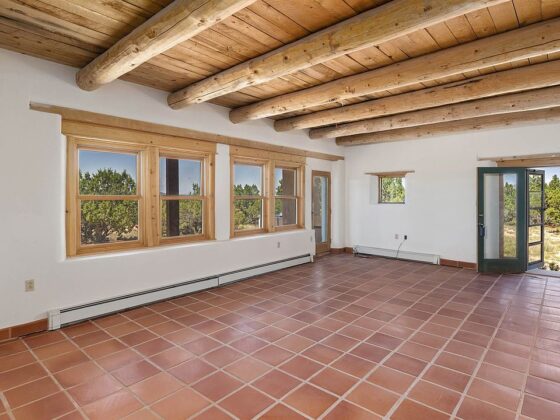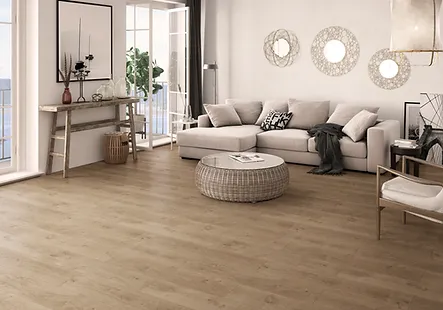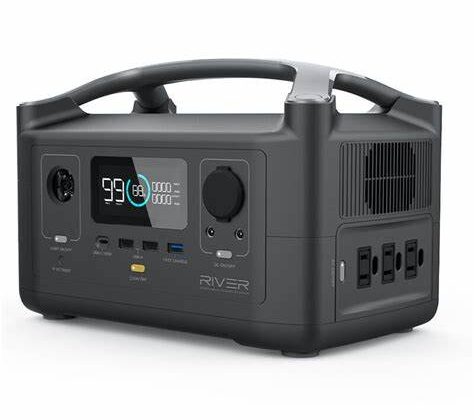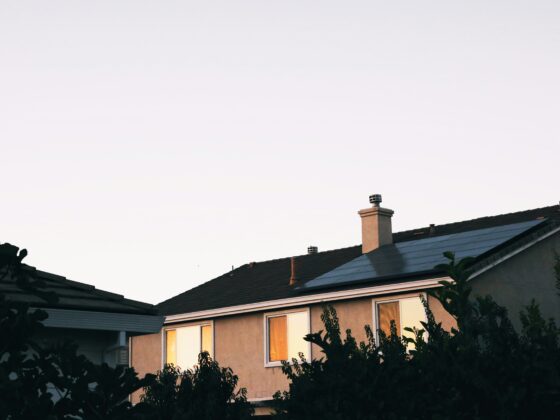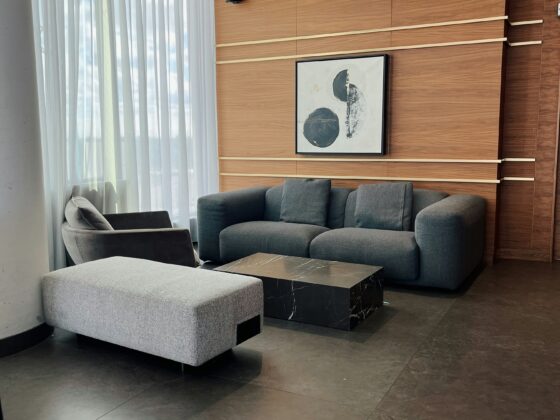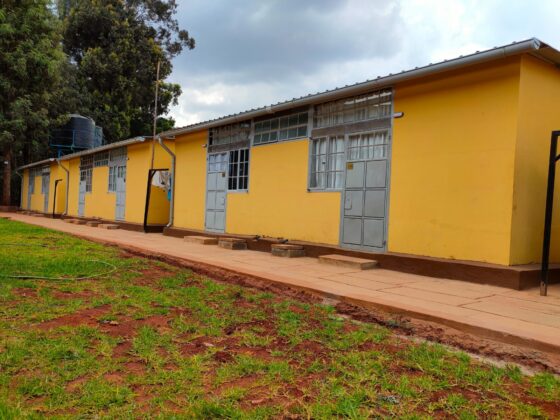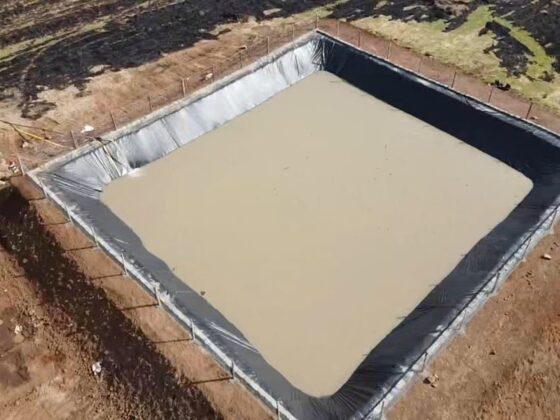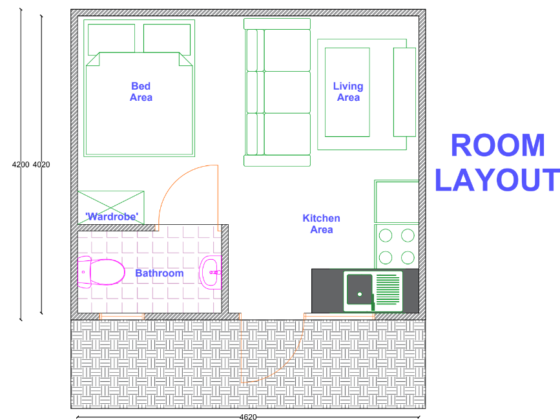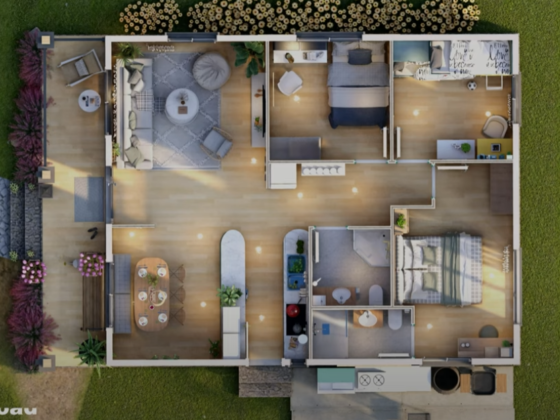I personally am not very fond of the term semi permanent homes. I prefer to call them alternative homes, transitional homes or starter homes. These are homes that are not quite the end goal but at the current instance are what you can afford to buy or build. Depending on how they are built and the quality of work, they can also become ‘permanent’ homes if they satisfy one’s needs. The overlying characteristic is that these homes need to be functional and decent first. Modern trends are seeing these homes become trendy, stylish and exceptional and the amount of effort put into these homes would also qualify them as permanent homes. Therefore, the semi permanent homes many construct houses may be permanent in terms of quality (i.e can last at least 50 years).
The most important thing that goes into the design of these homes is usually the optimisation of the plan to serve the function of the users. The next important aspect is the design of the home. While functionality is key, aesthetics also play an important role in making these homes feel personal. Here are some popular alternative/semi permanent homes in Kenya.
1. Mabati homes
These are some of the most commonly available homes due to their lower prices and their ease of construction. These homes are easy to build for most and their level of finish and size can be made depending on the budget available. When building these homes it’s important to consider the final temperature inside the home. Insulation can be done with plywood, gypsum, timber, or even insulation layers. One can also choose between corrugated sheet metal and the painted box profile sheet metal which is considered a more modern look.
2.Precast concrete homes
These are homes whose walling is made using precast concrete panels and can be assembled together on site. They provide the benefit of affordable building materials especially where there is no apply of masonry stones which are commonly used. They do not require plastering and might need only slight skimming/priming before painting. They are also quite quick to build with, delivering quick turnaround times. The most affordable precast panels are the Kwangu Kwako interlocking wall panels. Other commonly used wall panels are the 90mm thick wall panels. Note that when using this technology you need t work with professionals to ensure you get the desired product.
3.Container homes
Container homes still continue to be used as homes by those who have access to them. They are usually obtained from people who import containers full of structures. Available in 20ft and 40ft structures, they allow for an entirely off site fabrication then transfer to their final destination. The important thing with containers is to ensure that one gets the full history of the container to ensure that they do not have toxic compounds that may leach with time. It is also important to provide some insulation since the container can get hot or cold on exposure to heat or cold conditions.
4.Brick homes
Brick is a commonly used construction material that could be embraced where other materials such as stone or precast concrete are hard to acquire. Being Locally sourced, it iss cheaper to build with them. In order to uplift the look one gets from these homes, it’s important to use a more modern designs. Wher possible, as the thickness provided by bricks is small, consider double walling using the english bond, or the flemish bond methods.
5.Timber homes
Communities that hail from areas close to forests may have a more ready access to timber, making this a very realistic option for home construction. When doing this kind of home, ensure that the timber is well treated. If you would like to uplift the style/design of the structure, consider a more modern look. The other important thing is to ensure the internal finish is done well to provide a neat clean finish, and therefore ensure that it is easy to maintain and clean. Regular maintenance is required for these homes to protect them from moisture and insects.
6.Earth homes
Earth homes were a common construction method in the traditional times, people made a wood/timber skeleton and continued to mould a home from a mix of mud, grass and animal waste. In the more recent times, a new version of earth homes that is done by mixing clay, sand, cement and water to make stabilised earth has been widely used due to it’s ability to create a more stable version of the old homes. The surfaces are usually left exposed. Other versions of earth homes exist where earth is filled in bags and these used to create walls. The surfaces are then evened out using a mixture of clay, sand and some straw as plaster.
7.Masonry homes
Masonry is one of the most common walling material available in Kenya. If trying to keep the cost of construction low using this walling technique, consider an exposed finish on the exterior side to save on plaster. Where plaster is applied, ensure that the thickness is reduced to avoid wastage of materials. You can actually avoid the plaster entirely if the budget is tight and paint directly on the walls.However, the most important thing when you opt for a traditional build is the size of the home. Smaller structures are cheaper to build.
Kindly consider these the next time you think about building a home. Build wisely!
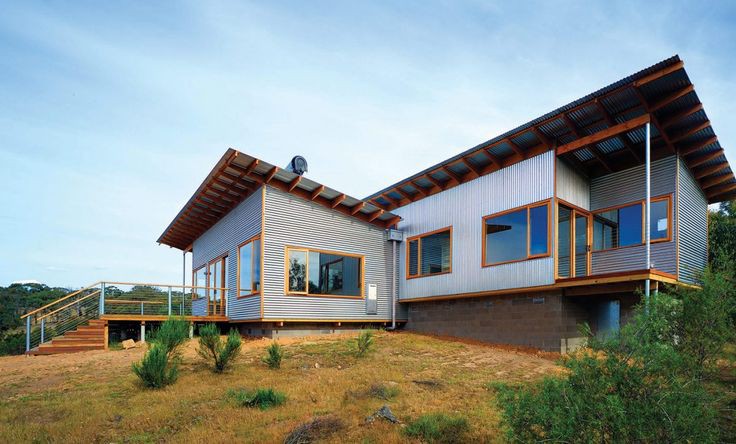
Decent semi Permanent housing options available in the market today
- February 17, 2025
- No comments
- 4 minute read

